
Introduction to Deep Learning by Andrew NG [COMPLETE]
Andrew Ng's course on deep learning and neural networks.
See MoreState Space Representation of Differential Equations
In this video we show how to represent differential equations (either linear or non-linear) in state space form. This is useful as it allows us to combine an...
See MoreGaussian/Normal Distributions
In this video we discuss the Gaussian (AKA Normal) probability distribution function. We show how it relates to the error function (erf) and discuss how to ...
See MoreControl Bootcamp: Sensitivity and Robustness
Here we show that peaks in the sensitivity function result in a lack of robustness.
See MorePeter Ponders PID - Simulation Methods, Which is Best?
Introduction to Bode Plots
In this video we introduce the concept of Bode plots including what they represent, how they are generated, as well as how to use Matlab tools to work with B...
See MoreThe Navigation Equations: Computing Position North, East, and Down
In this video we show how to compute the inertial velocity of a rigid body in the vehicle-carried North, East, Down (NED) frame. This is achieved by rotating the velocity expressed in the...
See MorePeter Ponders PID - System Identification Basics
Parseval's Theorem
Parseval's theorem is an important result in Fourier analysis that can be used to put guarantees on the accuracy of signal approximation in the Fourier domain.
See MoreLecture 25: Nyquist stability criterion
Derivation of Rodrigues’ Rotation Formula
In this video we explain and derive Rodrigues’ Rotation Formula. This functions describes how to rotate an arbitrary vector about another arbitrary axis of rotation. This has applications to...
See MoreLecture 9: Time response and Time domain specifications
Time domain - tutorial 7: system properties
In this video, we cover system properties. The concept of memoryless, causal, stable, invertible, time-invariant and linear systems is intuitively explained...
See MoreFrequency domain – tutorial 6: Fourier transform tables
In this video, we learn about Fourier transform tables which enable us to quickly travel from time to the frequency domain. The main learning objective is to...
See MoreSingular Value Decomposition (SVD): Matrix Approximation
This video describes how the singular value decomposition (SVD) can be used for matrix approximation.
See MoreCourse Introduction (Signal Processing 101)
Learn Signal Processing 101 in 31 lectures covering time, frequency and Laplace domain in about 8 hours all together:https://www.youtube.com/watch?v=KZd68xga...
See MoreLinear Systems [Control Bootcamp]
Linear systems of ordinary differential equations are analyzed using eigenvalues and eigenvectors. This will be the mathematical foundation of this bootcamp on linear control theory.
See MoreFeedback Control and Block Diagram Introduction
How do engineers begin to design controllers to respond to disturbances and maintain set points? In this example, I'll discuss how we can design a controller...
See MoreStanford CS234: Reinforcement Learning | Winter 2019 | Lecture 13 - Fast Rei...
Professor Emma Brunskill
Assistant Professor, Computer Science
Stanford AI for Human Impact Lab
Stanford Artificial Intelligence Lab
Statistical Machine Learning Group
Types of Machine Learning 1
This lecture gives an overview of the main categories of machine learning, including supervised, un-supervised, and semi-supervised techniques, depending on the availability of expert labels...
See MoreInternal Model Control IMC Introduction
Internal Model Control IMC Introduction
See MoreRL Course by David Silver - Lecture 9: Exploration and Exploitation
An overview of multi-armed bandits, contextual bandits and Markov Decision Processes.
See MoreControl Systems in Practice, Part 6: What Are Non-Minimum Phase Systems?
We like to categorize transfer functions into groups and label them because it helps us understand how a particular system will behave simply by knowing the group that it’s part of. We gain...
See MoreFirst Order Dynamics in Process Control
An overview on the identification and behavior of first order dynamics in process control.
See MoreControllability [Control Bootcamp]
This lecture explores when a linear system is controllable. We begin with the simple test in terms of the rank of the controllability matrix on a few intuitive examples.
See More
![Introduction to Deep Learning by Andrew NG [COMPLETE]](/sites/default/files/styles/search_resulkts/public/2022-01/intro_DL_0.jpg?itok=jS-vFChN)
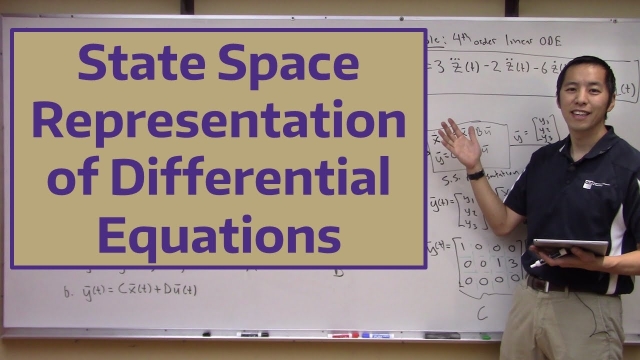
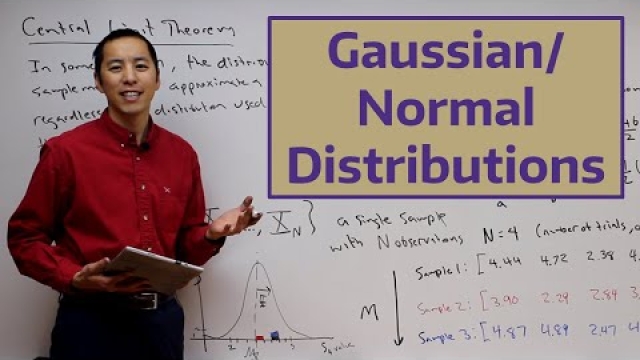
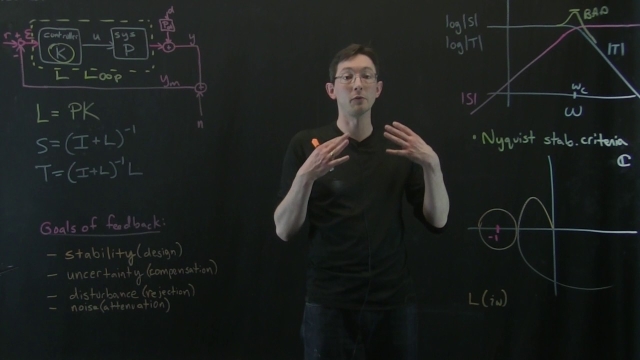
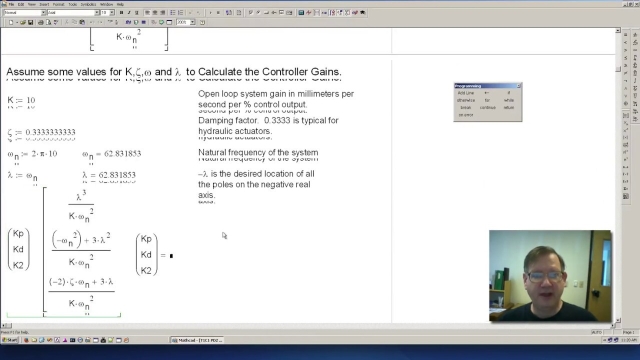
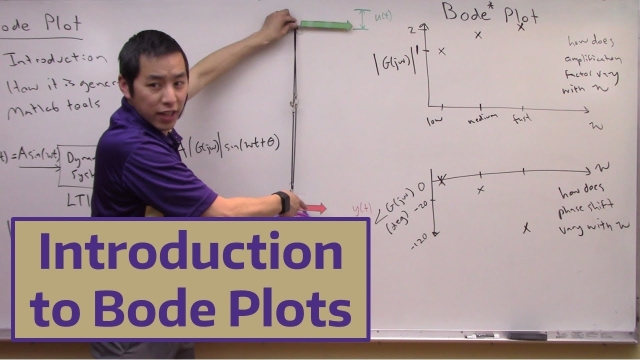
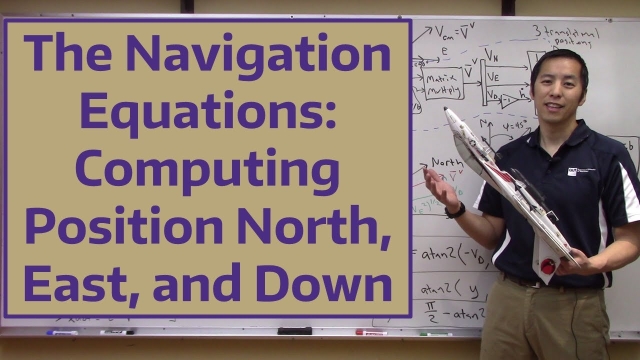
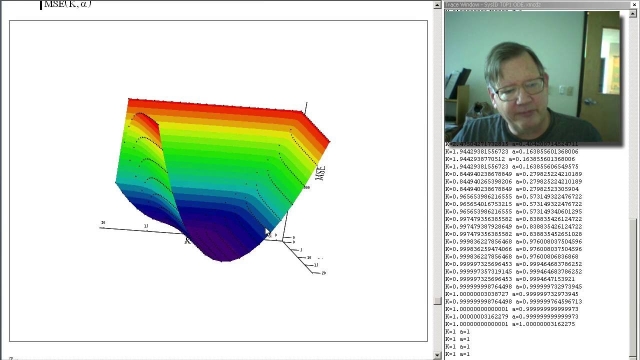
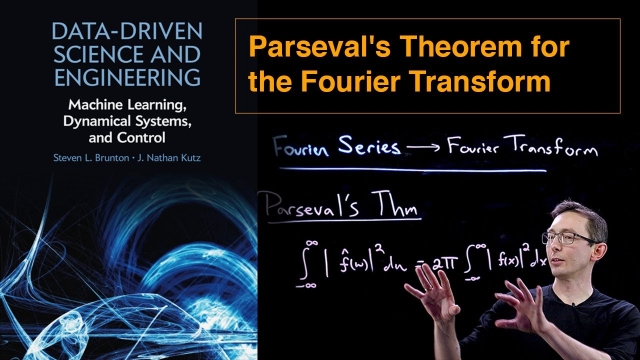
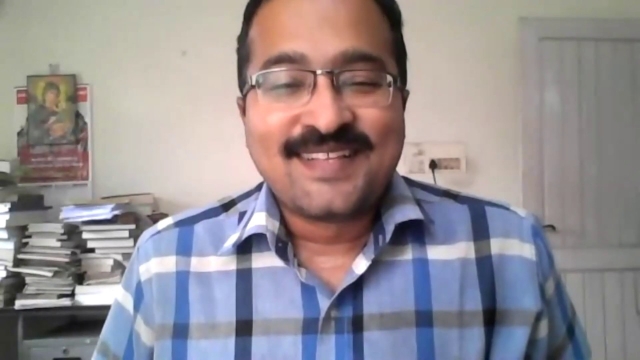

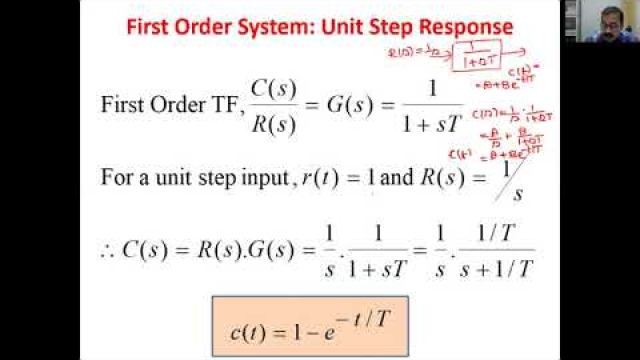
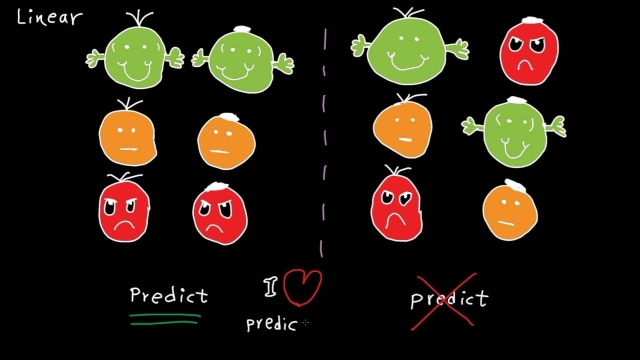

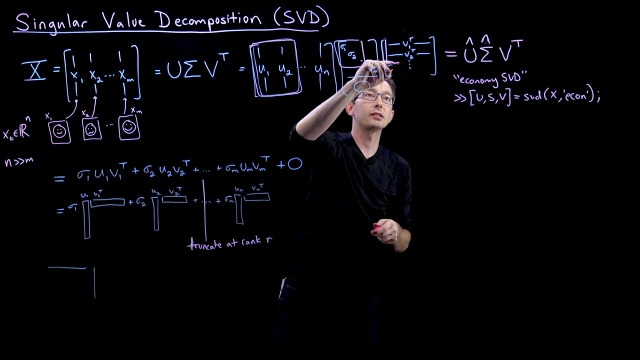

![Linear Systems [Control Bootcamp] Linear Systems [Control Bootcamp]](/sites/default/files/styles/search_resulkts/public/2020-12/maxresdefault_441.jpg?itok=5LYUu0Zj)
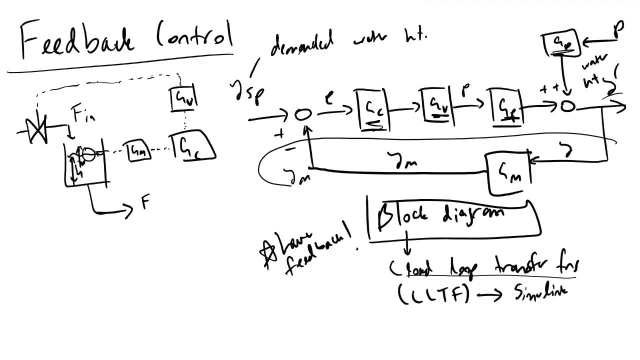

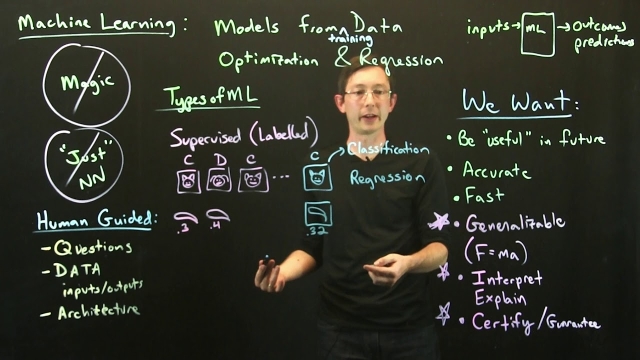
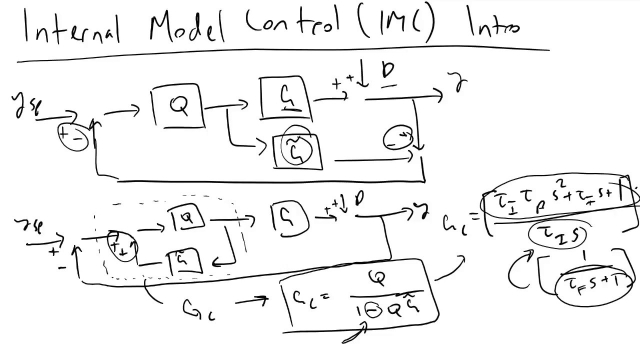
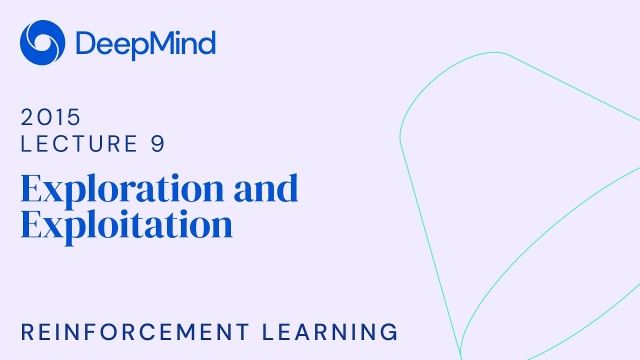


![Controllability [Control Bootcamp]](/sites/default/files/styles/search_resulkts/public/2020-12/maxresdefault_301.jpg?itok=H78kwaJN)